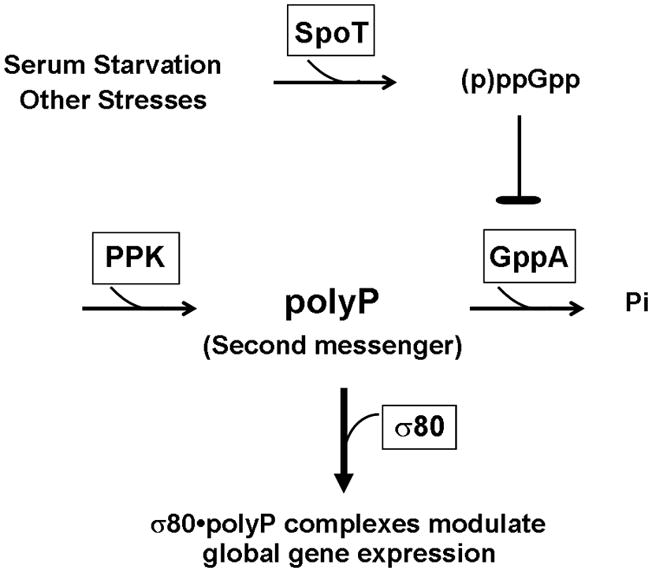Figure 5. The determinants during starvation/stress response in H. pylori.


(A) Accumulations of polyP are observed in wild type cells grown serum-free and the accumulation is regulated by (p)ppGpp in H. pylori. PolyP extracted from wild type and the spoT mutant cells grown either in the absence (−) or presence of serum (+) for 48 hours were quantified. The error bars indicate the deviations from the means. The data are representative of three independent experiments. (B) This simplified scheme proposes the regulation of polyP and the role of polyP during SpoT mediated starvation/stress response in H. pylori. Serum starvation and other stresses promote SpoT to synthesize (p)ppGpp and/or to decrease the degradation of these alarmones, which can lead to accumulation of (p)ppGpp. H. pylori lacks the gene for the exopolyphosphatase PPX but contains a homologous guanosine pentaphosphate phosphohydrolase gene for GppA that is also an exopolyphosphatase (Keasling et al., 1993). Inhibition of GppA by (p)ppGpp can in turn lead to accumulation of polyP, assuming that (p)ppGpp does not inhibit polyphosphate kinase (PPK). Increased levels of polyP serve as a second messenger by forming strong association with σ80 to modify transcription machinery and global gene expression.
